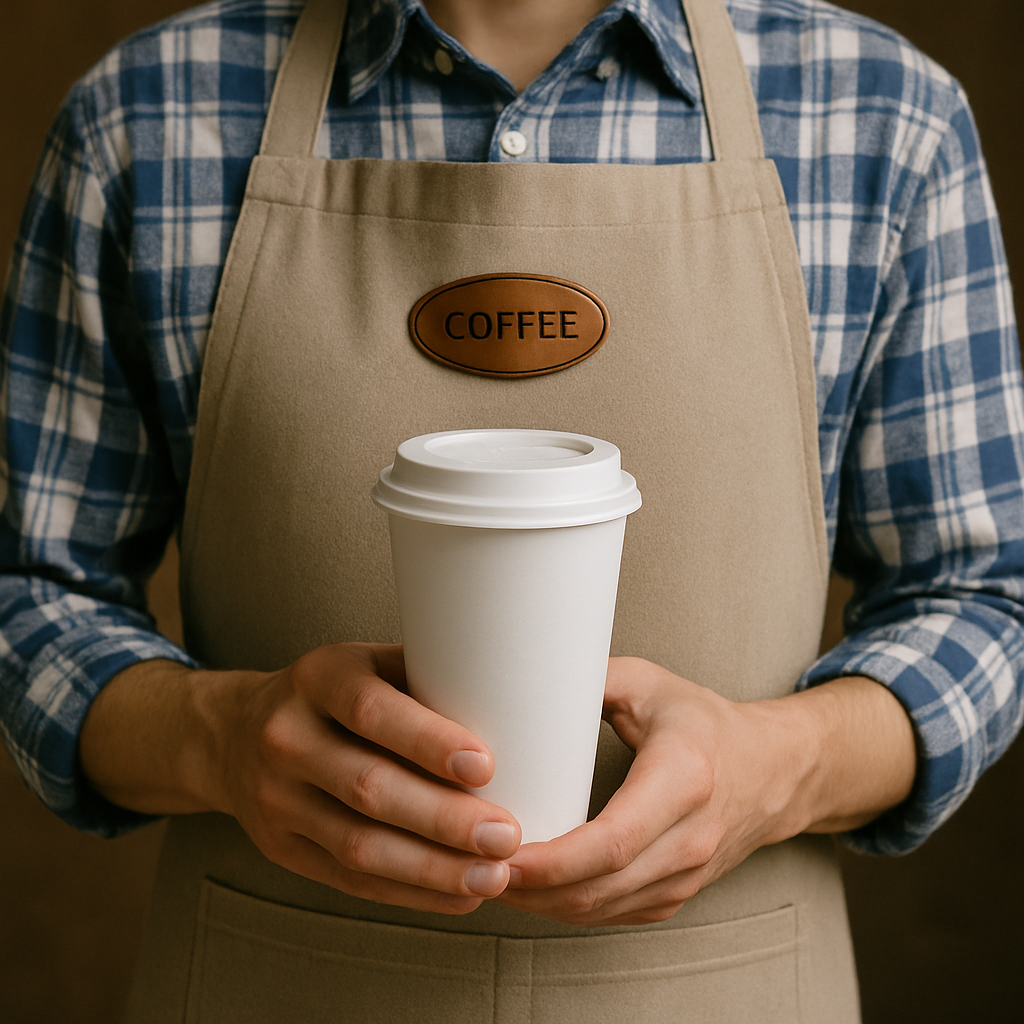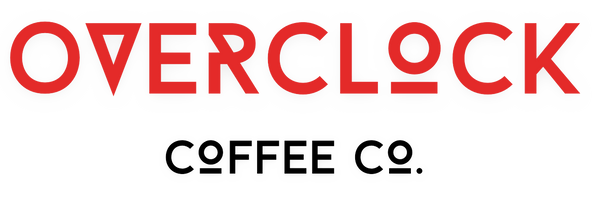
What Is Coffee Badging?
What Is Coffee Badging? The Gen Z Workplace Trend Brewing Change
In the post-pandemic workforce, buzzwords come and go, but coffee badging is sticking around. If you've ever “clocked in” at the office just long enough to grab a coffee, say hi, and head home to work, congratulations: you’ve participated in coffee badging.
This new workplace behavior has become a cultural signal, especially among Gen Z and Millennial workers balancing hybrid work models and changing expectations around productivity.
☕ What Is Coffee Badging?
Coffee badging refers to the act of physically showing up at the office for a short period, often just long enough to make an appearance and grab a coffee, before returning home to work remotely for the rest of the day.
It’s a term born out of corporate badge-swipe systems and the need to appear compliant with hybrid attendance policies without fully re-immersing into office life.
📈 Why Is Coffee Badging on the Rise?
According to a 2023 study by Owl Labs, 58% of hybrid employees have admitted to coffee badging at least once, with many citing:
| Reason | % of Respondents |
|---|---|
| Want to maintain flexibility | 41% |
| Prefer remote productivity | 36% |
| Don’t find office productive | 24% |
| Complying with appearance rules | 19% |
(Source: Owl Labs, 2023)
In other words, it's about checking the box, without compromising your work-life balance.
💼 Coffee Badging vs. Traditional Office Culture
| Feature | Coffee Badging | Traditional Office Attendance |
|---|---|---|
| Time spent on-site | 15–60 minutes | 6–10 hours |
| Purpose of presence | Visibility and social optics | Full-day work |
| Productivity location | Home or café | Office desk |
| Perception of loyalty | Mixed—some view as rebellion | Historically viewed as loyal |
🧠 What It Says About Modern Work Culture
Coffee badging signals a broader change in how people define productivity, loyalty, and presence. It's also part of a growing trend where output trumps hours logged.
Psychologist Adam Grant suggests that many modern workers “don’t want surveillance, they want trust and autonomy” (Grant, 2022). Coffee badging, for many, is a way to regain control of the where and how of work.
🌐 Who Is Doing It?
While Millennials and Gen Z lead the charge, even Gen X and Boomers are quietly adopting the practice, especially in tech, media, and creative industries.
Sectors where coffee badging is most common:
- Tech startups
- Marketing and design firms
- Remote-first companies with hybrid mandates
- Corporate teams in flexible work transition
⚖️ Should Employers Be Concerned?
Not necessarily. Coffee badging isn’t always a sign of disengagement. Instead, it’s often a response to poorly defined hybrid policies.
Employers that focus on performance over physical presence may benefit more from happy, empowered teams than from forced face-time (Bloom et al., 2022).
☕ So… What Does Overclock Coffee Co. Think?
As a brand powered by coders, creatives, and caffeine addicts, we say: drink the coffee, do your best work wherever you are.
In fact, our French Toast Capacitor and Zombie Espresso Antidote blends are powering plenty of remote Zoom warriors through their most productive hours. We don’t badge. We brew.
Final Thoughts
Coffee badging isn’t about rebellion; it’s about adapting. It’s a reflection of a workforce seeking balance, autonomy, and still trying to meet workplace expectations.
Whether you badge in for optics or pour Overclock into your travel mug and skip the badge entirely, remember: how you work matters less than how well you work.
References
-
Bloom, N., Liang, J., Roberts, J., & Ying, Z. J. (2022). Does Working from Home Work? Evidence from a Chinese Experiment. Quarterly Journal of Economics. https://doi.org/10.1093/qje/qjw032
-
Grant, A. (2022). Think Again: The Power of Knowing What You Don’t Know. Viking Press.
-
Owl Labs. (2023). State of Hybrid Work 2023. https://www.owllabs.com/state-of-hybrid-work
